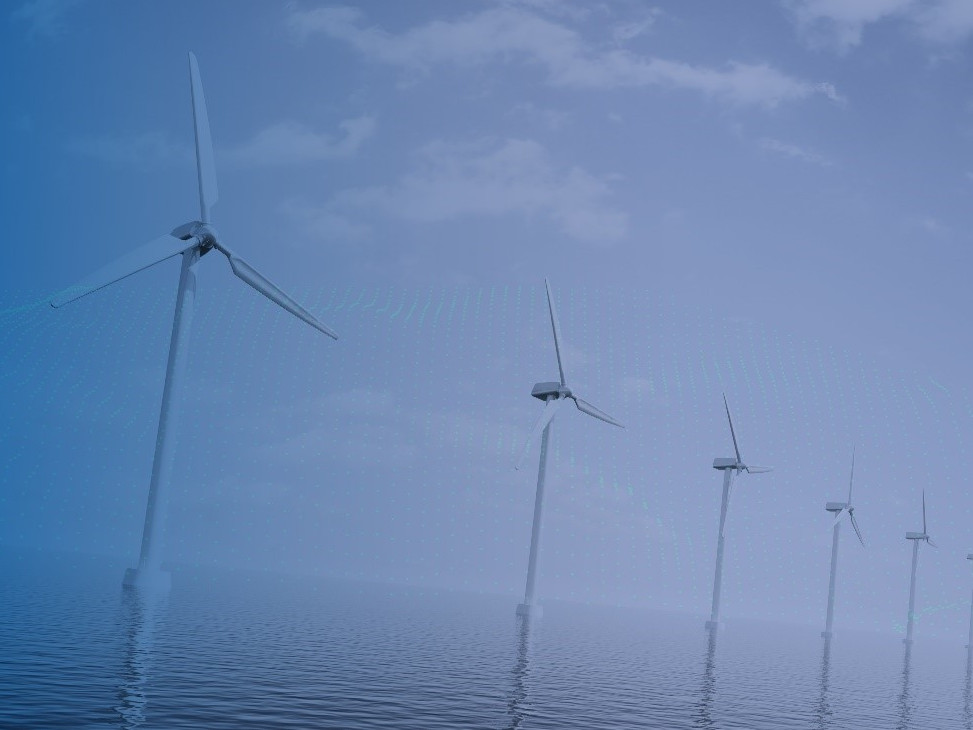
During 2020, despite restrictions caused by COVID-19, Europe added 2.9 GW of offshore capacity and this tendency will continue to grow. The EU Offshore Renewable Energy Strategy, part of the European Green Deal, proposes legislative and non-legislative actions for the deployment of 300 GW of offshore wind in the EU-27 by 2050.
As a result of rapid deployment, the cost of wind power generated by offshore windfarms has dropped dramatically. At the same time, offshore windfarms are being built in more complex and “harsh” environments (deeper waters, longer distances from the coast), with highly demanding requirements in terms of quality, integrity, efficiency and reliability. Consequently, the wind turbine manufacturers are under great pressure to provide cost-competitive high added value solutions and tend to transfer this cost-pressure to their components suppliers.
The reliability of an offshore wind turbine and the resources required to maintain it, can make up to 30% of the overall energy cost. European companies in the offshore wind value chain are envisaging the digitalization of wind turbine components and systems as a main source of relevant competitive advantages.
The hydraulic pitch system is a critical component for the functionality of the offshore wind turbine generator. It is responsible for adapting the angle of the wind turbine blades to operational needs and weather conditions. A hydraulic system failure, although likely simple and cheap to repair, can critically impact turbine availability and loads if it remains undetected. DOCC-OFF project will eventually solve this issue.
Digitalize and optimize the way such a critical component operates and is maintained is indeed a key objective of the project. The main challenge of DOCC-OFF is to validate the sensors, remote monitoring systems and big data analytics tools that will allow to obtain data from the pitch system.
After 18 months of project, thanks to the advances in digitalization, communications and data analytics, DOCC-OFF project partners are currently developing a condition monitoring strategy that can reduce the impact of hydraulic pitch system failures modes on the wind turbine’s design load cases. Partners validated the concept in the lab in early 2021, and began test bench during the first months of 2021.
The development of a digital platform, capturing and managing synthetic and real operational data, is at the heart of DOCC-OFF project. This platform will enable windfarm operators to detect potential problems before they occur thus avoiding costly downtime and revenue losses and reducing operation and maintenance costs. Now that the main failure modes of the pitch systems have been identified, the next step is to find a customer (e.g. a wind turbine manufacturer) which will test the concept in real conditions.
The first project results have been recently presented at the European Maritime Day (20 May 2021) and during the Atlantic Action Plan webinar dedicated to Blue Digitalization for Marine Renewables in the Atlantic Area (27 May 2021). Recordings from EMD 2021 are available here.
- Reference
- EMFF-BlueEconomy-2018-863696
- Project duration
- 1 Nov 2019 - 31 Oct 2021
- Project locations
- SpainBelgium
- Overall budget
- €1 001 740
- EU contribution
- €651 12765% of the overall budget
- Project website
- DOCC-OFF
Stakeholders
Coordinators
Basque Energy Cluster (Spain) (Cluster Energía)
Participants
HINE Group (Spain)
- Website
- https://www.hinegroup.com/
Xabet (Spain)
- Website
- https://xabet.net/
Sirris (Belgium)
- Website
- https://www.sirris.be/
